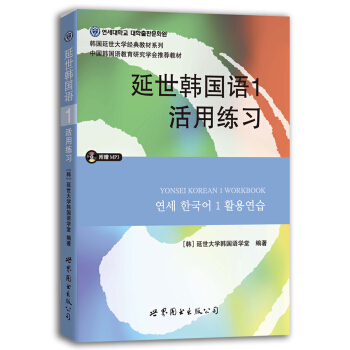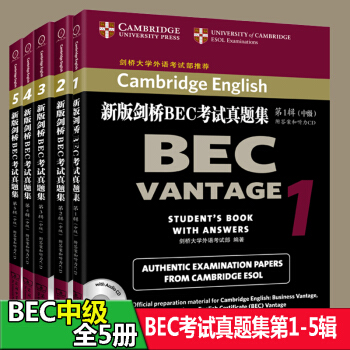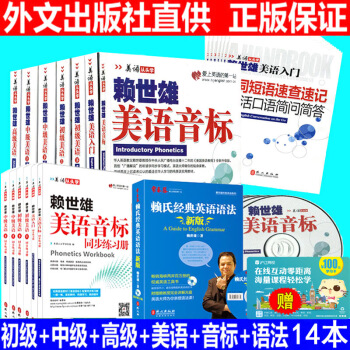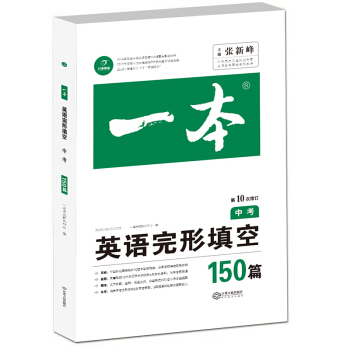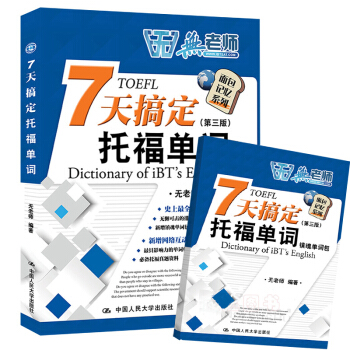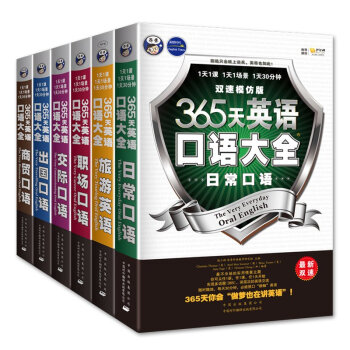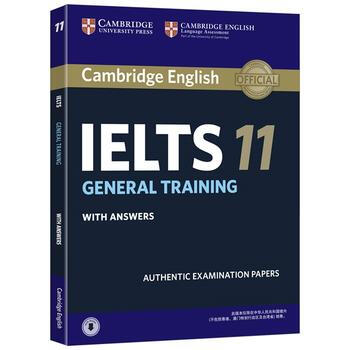

具体描述
商品参数
| 新东方 剑桥雅思官方真题集11 培训类 | ||
| 定价 | 110.00 | |
| 出版社 | Cambridge University Press | |
| 版次 | 1 | |
| 出版时间 | 2016年03月 | |
| 开本 | 16开 | |
| 作者 | 剑桥大学考试委员会 | |
| 装帧 | 平装-胶订 | |
| 页数 | 0 | |
| 字数 | 0 | |
| ISBN编码 | 9781316612309 | |
内容介绍
本书由以下内容构成:
● 4套完整的培训类雅思全真试题
● 各种题型的全面介绍以及剑桥大学考试委员会采用的评分系统解析
● 习题答案和听力录音文本
● 可供下载的听力录音材料
目录
The International English Language Testing System (IELTS) is widely recognised as a reliable means of assessing the language ability of candidates who need to study or work where English is the language of communication. These Practice Tests are designed to give future IELTS candidates an idea of whether their English is at the required level.
IELTS is owned by three partners, the University of Cambridge ESOL Examinations, the British Council and IDP Education Pty Limited (through its subsidiary company, IELTS Australia Pty Limited). Further information on IELTS can be found on the IELTS website (www.ielts.org).
WHAT IS THE TEST FORMAT?
IELTS consists of four components. All candidates take the same Listening and Speaking tests. There is a choice of Reading and Writing tests according to whether a candidate is taking the Academic or General Training module.
Academic
For candidates wishing to study at undergraduate or postgraduate levels, and for those seeking professional registration.
General Training
For candidates wishing to migrate to an English-speaking country (Australia, Canada, New Zealand, UK), and for those wishing to train or study at below degree level
The test components are taken in the following order:
Listening
4 sections, 40 items approximately 30 minutes
Academic Reading
3 sections, 40 items
60 minutes
or
General Training Reading
3 sections, 40 items
60 minutes
Academic Writing
2 tasks
60 minutes
or
General Training Writing
2 tasks
60 minutes
Speaking
11 to 14 minutes
Total Test Time
2 hours 44 minutes
Listening
This test consists of four sections, each with ten questions. The first two sections are concerned with social needs. The first section is a conversation between two speakers and the second section is a monologue. The final two sections are concerned with situations related to educational or training contexts. The third section is a conversation between up to four people and the fourth section is a monologue.
A variety of question types is used, including: multiple choice, matching, plan/map/diagram labelling, form completion, note completion, table completion, flow-chart completion, summary completion, sentence completion, short-answer questions.
Candidates hear the recording once only and answer the questions as they listen. Ten minutes are allowed at the end for candidates to transfer their answers to the answer sheet.
Academic Reading
This test consists of three sections with 40 questions. There are three texts, which are taken from journals, books, magazines and newspapers. The texts are on topics of general interest. At least one text contains detailed logical argument.
A variety of question types is used, including: multiple choice, identifying information (True/False/Not Given), identifying writer’s views/claims (Yes/No/Not Given), matching information, matching headings, matching features, matching sentence endings, sentence completion, summary completion, note completion, table completion, flow-chart completion, diagram label completion, short-answer questions.
General Training Reading
This test consists of three sections with 40 questions. The texts are taken from notices, advertisements, leaflets, newspapers, instruction manuals, books and magazines. The first section contains texts relevant to basic linguistic survival in English, with tasks mainly concerned with providing factual information. The second section focuses on the work context and involves texts of more complex language. The third section involves reading an extended text, with a more complex structure, but with the emphasis on descriptive and instructive rather than argumentative texts.
A variety of question types is used, including: multiple choice, identifying information (True/False/Not Given), identifying writer’s views/claims (Yes/No/Not Given), matching information, matching headings, matching features, matching sentence endings, sentence completion, summary completion, note completion, table completion, flow-chart completion, diagram label completion, short-answer questions.
Academic Writing
This test consists of two tasks. It is suggested that candidates spend about 20 minutes on Task 1, which requires them to write at least 150 words, and 40 minutes on Task 2, which requires them to write at least 250 words. Task 2 contributes twice as much as Task 1 to the Writing score.
Task 1 requires candidates to look at a diagram or some data (graph, table or chart) and to present the information in their own words. They are assessed on their ability to organise, present and possibly compare data, describe the stages of a process, describe an object or event, or explain how something works.
In Task 2 candidates are presented with a point of view, argument or problem. They are assessed on their ability to present a solution to the problem, present and justify an opinion, compare and contrast evidence and opinions, and evaluate and challenge ideas, evidence or arguments.
Candidates are also assessed on their ability to write in an appropriate style.
General Training Writing
This test consists of two tasks. It is suggested that candidates spend about 20 minutes on Task 1, which requires them to write at least 150 words, and 40 minutes on Task 2, which requires them to write at least 250 words. Task 2 contributes twice as much as Task 1 to the Writing score.
In Task 1 candidates are asked to respond to a given situation with a letter requesting information or explaining the situation. They are assessed on their ability to engage in personal correspondence, elicit and provide general factual information, express needs, wants, likes and dislikes, express opinions, complaints, etc.
In Task 2 candidates are presented with a point of view, argument or problem. They are assessed on their ability to provide general factual information, outline a problem and present a solution, present and justify an opinion, and evaluate and challenge ideas, evidence or arguments.
Candidates are also assessed on their ability to write in an appropriate style.
More information on assessing both the Academic and General Training Writing tests, including the Writing Assessment Criteria (public version), is available on the IELTS website.
Speaking
This test takes between 11 and 14 minutes and is conducted by a trained examiner. There are three parts:
Part 1
The candidate and the examiner introduce themselves. Candidates then answer general questions about themselves, their home/family, their job/studies, their interests and a wide range of similar familiar topic areas. This part lasts between four and five minutes.
Part 2
The candidate is given a task card with prompts and is asked to talk on a particular topic. The candidate has one minute to prepare and they can make some notes if they wish, before speaking for between one and two minutes. The examiner then asks one or two questions on the same topic.
Part 3
The examiner and the candidate engage in a discussion of more abstract issues which are thematically linked to the topic in Part 2. The discussion lasts between four and five minutes.
The Speaking test assesses whether candidates can communicate effectively in English. The assessment takes into account Fluency and Coherence, Lexical Resource, Grammatical Range and Accuracy, and Pronunciation. More information on assessing the Speaking test, including the Speaking Assessment Criteria (public version), is available on the IELTS website.
HOW IS IELTS SCORED?
IELTS results are reported on a nine-band scale. In addition to the score for overall language ability, IELTS provides a score in the form of a profile for each of the four skills (Listening, Reading, Writing and Speaking). These scores are also reported on a nine-band scale. All scores are recorded on the Test Report Form along with details of the candidate’s nationality, first language and date of birth. Each Overall Band Score corresponds to a descriptive statement which gives a summary of the English language ability of a candidate classified at that level. The nine bands and their descriptive statements are as follows:
9 Expert User - Has fully operational command of the language: appropriate, accurate and fluent with complete understanding.
8 Very Good User - Has fully operational command of the language with only occasional unsystematic inaccuracies and inappropriacies. Misunderstandings may occur in unfamiliar situations. Handles complex detailed argumentation well.
7 Good User - Has operational command of the language, though with occasional inaccuracies, inappropriacies and misunderstandings in some situations. Generally handles complex language well and understands detailed reasoning.
6 Competent User - Has generally effective command of the language despite some inaccuracies, inappropriacies and misunderstandings. Can use and understand fairly complex language, particularly in familiar situations.
5 Modest User - Has partial command of the language, coping with overall meaning in most situations, though is likely to make many mistakes. Should be able to handle basic communication in own field.
4 Limited User - Basic competence is limited to familiar situations. Has frequent problems in understanding and expression. Is not able to use complex language.
3 Extremely Limited User - Conveys and understands only general meaning in very familiar situations. Frequent breakdowns in communication occur.
2 Intermittent User - No real communication is possible except for the most basic information using isolated words or short formulae in familiar situations and to meet immediate needs. Has great difficulty understanding spoken and written English.
1 Non User - Essentially has no ability to use the language beyond possibly a few isolated words.
0 Did not attempt the test - No assessable information provided.
Most universities and colleges in the United Kingdom, Australia, New Zealand, Canada and the USA accept an IELTS Overall Band Score of 6.0-7.0 for entry to academic programmes.
MARKING THE PRACTICE TESTS
........
用户评价
作为一名目标是冲击七分以上的考生,我对于口语和写作部分的期待值其实是更高的,毕竟这两项主观题的提升空间,很大程度上取决于参考材料的质量。拿到这本书,我首先翻到了口语部分。很多人都觉得真题集对口语的帮助有限,因为它毕竟只是文本和提示,没有真人示范。但我的看法恰恰相反。这套书里提供的Part 2话题卡和Part 3的讨论方向,其覆盖面和深度,足以让人领略到出题人希望考察的思维广度和深度。我按照书中的建议,找了语伴,轮流扮演考官和考生,严格按照时间限制来模拟。通过对照书后提供的范例思路和潜在的“高分”回答结构,我发现自己以往的回答过于平铺直叙,缺乏深入的论证和精彩的论据支撑。更重要的是,它强迫我必须从不同的角度去思考同一个话题,而不是仅仅停留在表面。至于写作部分,那简直是一座宝藏。Task 1的图表描述和Task 2的议论文结构分析,清晰得令人震撼。它没有直接给出满分范文,而是给出了清晰的结构框架和关键句型的示范,这反而给了我极大的创作空间。我尝试着模仿它提供的图表分析句式来描述我最近练习的一张饼图,结果发现,我的语言立刻提升了一个档次,更具学术性和客观性。这套书教会我的,不是如何“套用”模板,而是如何理解并内化“高级”的应试逻辑。
评分我不得不提一下这本书在配件和设计上的一个亮点,虽然可能很多人会忽略。那就是随书附带的官方词汇和语法解析部分,虽然篇幅不多,但其针对性极强。不像市面上那些动辄几百页的词汇书,这本真题集里的解析,完全是围绕真题文章中的高频难词和核心词汇展开的。它不会让你去背诵那些在考试中几乎不会出现的生僻词,而是专注于那些能够直接影响你得分的关键语汇。比如,阅读文章中那些表示“转折”、“让步”、“推论”的连接词和动词,都会被单独拎出来,给出在不同语境下的精确解释。这对于提高阅读速度和理解深度至关重要。此外,对于部分语法结构复杂的长难句,书中会进行拆解分析,让你明白为什么这个句子会产生歧义,以及如何快速定位主干。这种“小而精”的解析,比厚重的语法书更具实战价值,因为它是即时反馈的——你刚刚在哪里栽了跟头,它立刻给你铺好路。我个人习惯是做完一套题后,会把所有做错题目的生词和长难句标记出来,然后重点对照这本书的解析进行二次学习。这样做下来,效率比我单纯地查字典高出好几倍,因为你知道这些词汇是“考场真爱”,必须掌握。
评分这套书刚拿到手的时候,我就被它的分量和厚度镇住了。首先映入眼帘的是那封面设计,虽然是官方出品,但整体感觉还是偏向实用主义,没有太多花哨的装饰,直奔主题——备考。我本身是那种对考试有强迫症的人,总觉得官方出品的资料才是最权威、最接近真实战场的“武器”。拆开塑封后,一股新书特有的油墨味扑鼻而来,这味道对我来说,简直就是“备考开始”的仪式感信号。我迫不及待地翻开了前言和目录,里面的排版清晰明了,题型分布、评分标准讲解得非常到位。尤其是听说读写四个部分的结构划分,让人一眼就能看出自己的薄弱环节在哪里,心里立马就有了一个大致的复习规划。我对雅思阅读部分的兴趣最大,因为这是我感觉最吃力的地方。光是看目录里列出的文章类型,什么人文历史、自然科学、社会评论,就已经能感受到那种扑面而来的学术压力了。不过,比起那些拼凑的模拟题,真题集最大的价值就在于它的“原汁原味”。我随便翻了一篇阅读,里面的词汇量和句式复杂程度,果然不是一般的培训机构能比拟的。这套书无疑为我的备考打下了最坚实的基础,它就像是地图,清晰地标示出了我要跨越的“雷区”和“高地”。我打算先将注意力集中在听力和阅读上,因为听说要多听多练,读则需要积累大量的背景知识。拿到这套书,感觉就像是拿到了通往目标彼岸的船票,虽然航程可能颠簸,但方向是确定的。我已经迫不及待地想开始攻克第一套真题了。
评分坦白说,在决定购买剑桥雅思官方真题集11之前,我内心是有些犹豫的,主要是考虑到价格因素,毕竟它比许多其他资料要贵一些。但是,经过一段时间的深度使用,我完全改变了最初的看法,认为这笔投资绝对是物超所值的。这本书的价值并不在于它能让你“奇迹般地”在短期内提高二三十分,而是它提供了一种最真实、最可靠的“对标”体系。它让你清楚地知道,你现在的水平距离真正的目标分数线到底还有多远的距离,以及你需要重点突破哪些领域。我特别欣赏它在“移民G类”和“培训类”的区分处理上所体现的严谨性。虽然我的主要目标是学术类(A类),但翻阅G类材料时,我发现其侧重点在生活化和实用性上,这对于我巩固基础词汇和理解日常场景的听力也有极大的帮助。可以说,这套书覆盖了从基础巩固到高级技巧提升的全过程。它就像一面精准的镜子,把你所有的弱点都毫无保留地照出来,让你无处遁形,同时也给你指明了最有效的改进方向。对于任何一位对雅思考试抱有认真态度的学习者来说,这套真题集不是“可选项”,而是“必备品”,是通往最终胜利的基石。
评分说实话,我购买这套真题集之前,其实已经“鏖战”过好几套市面上声称的“高分预测”和“独家秘笈”了,结果往往是花了钱买了一堆过时的、甚至可能是错误示范的材料。这次下定决心入手官方真题集11,纯粹是抱着“死马当活马医”的心态,但使用下来,我发现它与那些盗版或非官方出版物的区别,简直是天壤之别。最让我惊喜的是听力部分的音频质量。以往我听的很多材料,背景噪音大、发音口音不统一,甚至连录音速度都处理得怪怪的,严重干扰了对英美澳不同口音的适应。这套剑11的听力材料,音质纯净到可以听清每一个细节的发音和连读,而且各个部分的语速和语境都模拟得极其逼真,简直就是身临其境。我特地用Section 3和Section 4做了测试,发现对话的逻辑性和信息密度,完全符合我从官方网站上了解到的考场要求。尤其是对于填空题和匹配题的陷阱设置,简直是教科书级别的精准打击。做完一套题后,我没有急着对答案,而是反复听了错题部分,对比了原文的文本,发现自己失分的原因往往在于对某些关键转折词的疏忽,或者对特定场景下表达的习惯性误解。这种“错题即是知识点”的体验,在其他资料中是很难获得的。它不是简单地给你答案,而是告诉你“为什么”你会错,以及“如何”避免再犯。这套书的价值,体现在它对细节的极致把控上,体现了命题者的高深功力。
相关图书
本站所有内容均为互联网搜索引擎提供的公开搜索信息,本站不存储任何数据与内容,任何内容与数据均与本站无关,如有需要请联系相关搜索引擎包括但不限于百度,google,bing,sogou 等
© 2025 book.tinynews.org All Rights Reserved. 静思书屋 版权所有




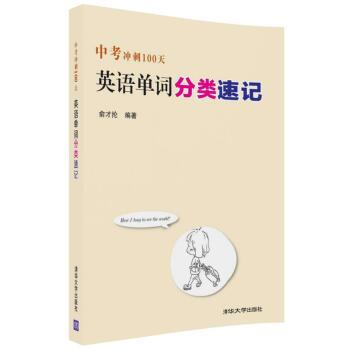

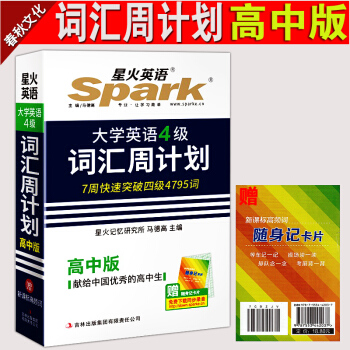

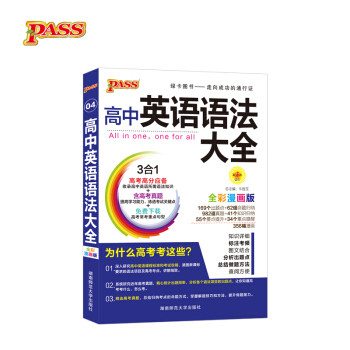
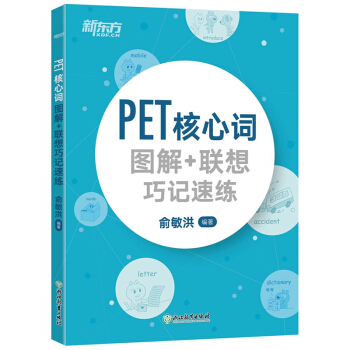
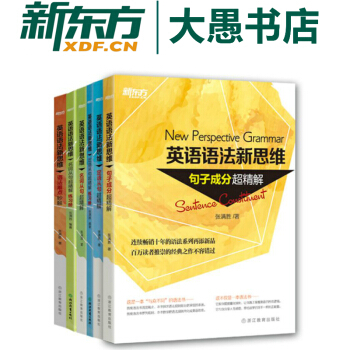

![雪莱诗选(英汉对照)/英诗经典名家名译 [Selected Poems of Percy Shelley] pdf epub mobi 电子书 下载](https://pic.tinynews.org/12309386/5a9fbf6cNabd22849.jpg)
